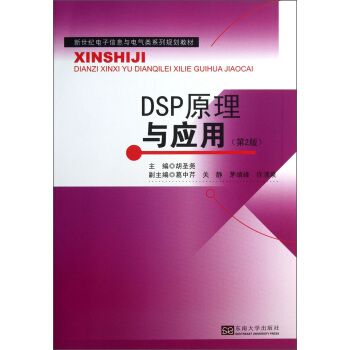![多层膜集成结构体声波谐振器(英文版) [Multilayer Integrated Film Bulk Acoustic Resonators]](https://pic.tinynews.org/11196037/rBEQWFFUIYgIAAAAAAjyc2p-3CoAADDbAJzfzwACPKL801.jpg)

具体描述
内容简介
Multilayer Integrated Film Bulk Acoustic Resonators mainly introduces the theory, design, fabrication technology and application of a recently devel-oped new type of device, multilayer integrated film bulk acoustic resona-tors, at the micro and nano scale involving microelectronic devices, integrated arcuits, optical devices, sensors and actuators, acoustic resona-tors, micro-nano manufacturing, multilayer integration, device theory and design prinaples, etc. These devices can work at very high frequencies by using the newly developed theory, design, and fabrication technology ofnano and micro devices.Readers in fields ofIC, electronic devices, sensors, materials, and films etc. will benefit from this book by learning the detailed fundamentals and potential applications of these advanced devices.
Prof. Yafei Zhang is the director of the Ministry of Education's Key Labora-tory for Tlhin Films and Microfabrication Technology, PRC; Dr. Da Chenwas a PhD student in Prof. Yafei Zhang's research group.
内页插图
目录
Chapter1 Introduction1.1 RF Filters in GHz Wireless Applications
1.1.1 The Requirement of RF Filters
1.1.2 Types ofRF Filters .
1.2 Bulk Acoustic Wave (BAW) Resonator and Its Development
1.2. BAW Resonator
1.2.2 Micro Electromechanical Systems (MEMS) Applied in BAW
1.3 The Principle and Configurations ofFBAR
1.3.1 The Principle of FBAR
1.3.2 Typical FBAR Configurations
1.3.3 Current Status of FBAR Filters
1.4 The Application of FBAR in Mass Loading Sensors
1.4.1 Acoustic Resonant Mass Sensors
1.4.2 FBAR Mass Loading Sensors
1.5 Overview of the Chapters
References
Chapter2 Propagation of Acoustic Wave in Crystals
2.1 The Equation ofAcoustic Plane Wave
2.1.1 The Equation of Elastic Deformation
2.1.2 Christoffel Equation
2.2 Propagation of Plane Wave in Isotropic Medium
2.3 Propagation of Plane Wave in Anisotropic Medium
2.3.1 Dispersion Relation and Inverse Velocity Face
2.3.2 The Solution of Wave Equation in Cubic Crystal
2.4 Piezoelectrically Active Wave Propagation
2.5 The Plane Wave Propagating in Piezoelectric Hexagonal Crystal
References
Chapter 3 The Theory of FBAR
3.1 The Electric Impedance of the Ideal FBAR
3.1.1 The Analytic Expression of the Electric Impedance
3.1.2 The Resonance of FBAR
3.2 The Electric Impedance of the Compound FBAR
3.2.1 The Definition of the Acoustic Impedance
3.2.2 The Boundary Condition of Compound FBAR
3.3 The Loss and Performances of FBAR
3.4 The Equivalent Electromechanical Mode of FBAR
3.4.1 The Equivalent Mode of the Layers
3.4.2 The Universal Equivalent Mode of FBAR
3.4.3 The Equivalent Circuit Nears the Resonance of FBAR
3.5 The Calculated Influence of the Materials and Structure on the Device Performance
3.5.1 The Effects of the Electrode......
3.5.2 The Influences of' Supporting Layer and the Residue Silicon Layer
References
Chapter 4 The Deposition and Etching of AIN Film
4.1 Deposition of AIN Film by RF Magnetron Sputtering
4.1.1 Introduction
4.1.2 Experimental
4.1.3 The Effect of RF Power on the Film Texture
4.1.4 The Influence of Ambit Pressure and the Ratio of N2/Ar on the Film Structure
4.1.5 The Influence of the Substrate Temperature on the Film Texture
4.1.6 The Microstructure and Chemical Component
4.2 The Scructural Characreristics of AIN Films Deposited on Diff'erent Eleccrodes
4.3 Dry Etching of AIN Films Using Fluoride Plasma
4.3.1 The Dry Etching of AIN Films..
4.3.2 Experimental
4.3.3 The Etching Rate
4.3.4 The Morphologies
4.3.5 The Etching Mechanism.
4.4 The Wet Etching of AIN
4.4.1 The Wet Etching Process
4.4.2 Experimental
4.4.3 The Influence of the Film Texture
4.4.4 The Effects of Crystal Quality
References
Chapter 5 The FBAR with Membrane Structure
Chapter 6 Solidly Mounted Acoustic Resonator
Chapter 7 The Applications of FBAR in RF Filters
Chapter 8 The FBAR Excited by Lateral Filed
Chapter 9 High Sensitive Sensors Based on FBAR
Index
精彩书摘
The reasons above can lead to the nonlinearity of response when the HC-polymer is too thick. At the same time, the group applied the sensor in testing for DNA and protein molecules, whose sensitivity is about 2,500 times [23] higher than that of 20 MHz QCM.In Italy, Brederlow et al. [25] in the University of Roma made a similar experiment. They adopt AIN material to constitute the Bragg reflector of resonator whose Q value is as high as 500 in air. Through matching DNA, AIN material can adsorb certain substance with a preferential adsorption, and the response frequency drifts 10 kHz to mass adsorption of 1 ng/Um2.
In the UAS, Zhang's group [14, 15, 21, 26, 27] in University of Southern California reported a FBAR sensor which can work in a lot ofliquid. The resonator structure they adopted is A1(0.2 Um) /2n0(1.8 Um)/AI(0.2 UM)/S13N4(0.6 UM,ffl). Figure 9.5 shows the structure diagram and photos of testing and real object. The Q value of device is 250 in the air, but 15 in the water. After testing many kinds of
substances, the adsorption experiments show that the sensor can detect mass change of 10-8 g/cm2 when the FBAR resonance frequency is near 2 GHz. On the FBAR electrode they deposited a layer of Ti02 as adsorption function layer. When the device was put in K2C03 solution, OH- on function layer surface is instead by OK-, so the device can test the concentration of solution. The resonance frequency can drift 100 kHz [27] to the concentration of 10 mM. Using Au as adsorption layer of the FBAR sensor, it can also detect metal ions in solution. Demonstrated by experiments, the device can effectively detect Hg2+ ions with the solution concentration of 0.2 ppb-2 ppm [14]. Recently, the group also reported that the sensor can detect matching DNA sequences used by coating specific base-pairs [15] in FBAR.
In addition, the FBAR working in shear wave mode is also applied in biochemical sensor. Because particle vibration direction of shear wave is perpendicular to the direction of propagation that is to the thickness direction of'the piezoelectric crystal, the direction of particle vibration is along the surface of crystal. So, in theory in liquid phase environment, loss of shear wave is zero. The traditional QCM is the quartz crystal cut by AT working in shear wave mode. In order to produce shear wave in the FBAR, generally there should be an angle between c axis of six-party crystal and the direction of driving electric field, to generate horizontal electric field component and stimulate the shear wave. At present, AIN and Zn0 FBAR sensors working in shear mode have been reported. Sweden's Wingqvist research group [16-18, 28, 29]developed the shear wave FBAR sensor of AIN material, and measured the changed relation between mass and resonant frequency in the liquids of different viscous coefficients. The c axis of AIN film tilts 30o, and the pictures of device structure and testing process is shown in Fig. 9.6. In University of Zurich in Switzerland, Weber et al. [30, 31] developed FBAR sensors in shear mode for testing antigen and antibody, using the Zn0 film whose c axis tilt 16o and ZnO/Pt as Bragg reflector.
……
前言/序言
用户评价
我拿到这本《多层膜集成结构体声波谐振器》(英文版),第一感觉就是它的内容肯定非常硬核。封面的设计就非常专业,没有多余的花哨,直接点明了主题,让人一眼就能看出这是一本技术含量很高的书籍。 我一直对声波谐振器在通信领域的发展趋势非常关注,特别是FBAR(Film Bulk Acoustic Resonator)技术,因为它在小型化、高性能化方面有着巨大的潜力。这本书的标题中明确提到了“多层膜集成结构体”,这让我联想到其中可能涉及到的复杂的材料科学、器件物理以及制造工艺。我非常期待书中能够详细讲解不同材料层(比如压电层、电极层、缓冲层等)的特性,以及它们如何通过精妙的结构设计,实现对声波传播的精确控制,从而获得高Q值和高频率选择性。 此外,“集成”这个词也暗示了书中可能涵盖了器件的集成化设计,比如如何将这些谐振器与其他微电子器件(如开关、滤波器等)集成在同一芯片上,以构建更复杂的射频前端模块。这对于 miniaturization 和提高系统效率至关重要,也是当前微电子行业的一个重要发展方向。
评分这本书,《多层膜集成结构体声波谐振器》(英文版),在我看来,是一部关于微观世界中声音传播与能量控制的精妙论述。它的封面虽然朴素,却有一种不容置疑的专业感,仿佛预示着里面蕴含着关于声学、材料学和电子工程交叉领域的深邃见解。 我个人一直对声波谐振器在精密测量和高效滤波方面的应用充满好奇,而“多层膜集成结构体”这一描述,让我联想到的是一种高度精细化的工程设计。我非常想知道,书中是如何详细阐述不同材料层之间的界面匹配问题,以及如何通过精确控制这些层的厚度和组成,来达到特定频率的声波谐振,并且保持信号的纯净度。 “集成”这个词,更是让我对这本书的价值倍感期待。它是否深入探讨了如何将这些声波谐振器与更广泛的电子系统进行无缝整合?例如,在微型传感器、高性能滤波器,甚至更复杂的射频收发模块中,它们扮演着怎样的角色,又带来了哪些技术上的突破?我希望书中能够提供具体的案例分析和技术实现路径,让我能够更直观地理解这些复杂结构体在实际应用中的威力。
评分这本《多层膜集成结构体声波谐振器》的英文版,[Multilayer Integrated Film Bulk Acoustic Resonators],实在是一本令人眼前一亮的书籍。从封面设计到内容排版,都散发出一种严谨而专业的学术气息,让人立刻对书中即将呈现的技术细节充满了好奇。虽然我还没有来得及深入研读其核心内容,但仅仅从其标题和序言的风格来看,我就能感受到作者们在这一特定领域深厚的积累和对前沿研究的精准把握。 多层膜结构在声波谐振器领域的应用,本身就是一个充满挑战和创新潜力的方向,而“集成”二字更是预示着作者们可能在器件的微型化、多功能化以及与其他电子元件的兼容性方面进行了深入的探索。我尤其期待书中能阐述清楚不同材料层之间如何协同作用,以实现最优化的声波传播和能量转换,以及在制造过程中可能遇到的关键技术难题和相应的解决方案。对于我这样一名对微机电系统(MEMS)技术以及射频(RF)器件感兴趣的研究人员来说,这本书无疑提供了一个宝贵的学习和交流平台,能够帮助我拓宽视野,理解最新的技术趋势。
评分刚拿到这本《多层膜集成结构体声波谐振器》的英文版,我就被它那种厚重而扎实的学术氛围所吸引。它并非那种轻松易读的科普读物,而是直指核心技术问题的深度著作。 我特别关注书中是否对新型压电材料的引入以及其在多层膜结构中的应用进行了深入的探讨。如今,压电材料的性能直接决定了声波谐振器的效率和工作频率,因此,书中关于不同压电材料(如AlN,PZT等)的特性分析,以及在特定多层膜结构中如何优化其性能,将是我阅读的重点。 同时,“集成结构体”这个概念也勾起了我的兴趣。这是否意味着书中会介绍如何将这些声波谐振器与其他电子元件,例如电容、电感、甚至逻辑电路,集成在一个芯片上?这种高度集成化的设计,无疑会带来更高的器件密度和更低的功耗,对于未来的移动通信和物联网设备来说,是至关重要的发展方向。我很期待书中能提供相关的设计思路、仿真模型以及实际的制造工艺流程。
评分不得不说,拿到这本《多层膜集成结构体声波谐振器》的英文原版,内心是既兴奋又有些许沉重的。兴奋的是,能够直接接触到第一手、最原汁原味的学术研究成果,不必担心翻译过程中可能出现的理解偏差或信息损失;沉重的是,我深知这类专业性极强的书籍,其内容的深度和广度往往需要投入大量的时间和精力去消化吸收。 从我初步翻阅的几页来看,这本书的文字风格偏向于严谨的学术论述,充斥着大量的技术术语和复杂的公式推导。这对于我这样一名已经有一定行业经验的工程师来说,无疑是一种挑战,也是一种乐趣。我非常好奇书中在多层膜结构的材料选择、层厚控制、界面设计等方面,是否提供了详细的实验数据和理论模型支持。同时,我也关注书中是否对这类谐振器在不同应用场景下的性能表现进行了深入的分析,例如在高速通信、物联网设备等领域,其能够带来的技术优势。
相关图书
本站所有内容均为互联网搜索引擎提供的公开搜索信息,本站不存储任何数据与内容,任何内容与数据均与本站无关,如有需要请联系相关搜索引擎包括但不限于百度,google,bing,sogou 等
© 2025 book.idnshop.cc All Rights Reserved. 静思书屋 版权所有

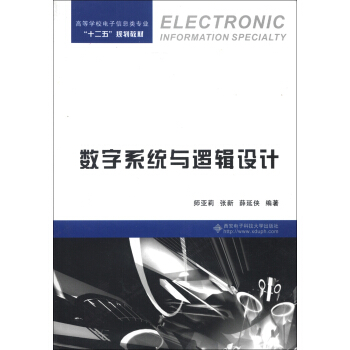
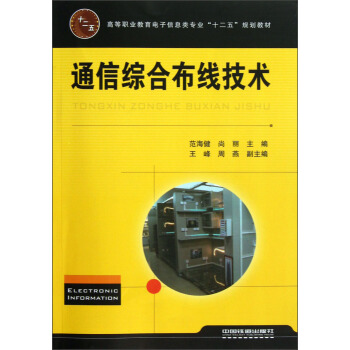
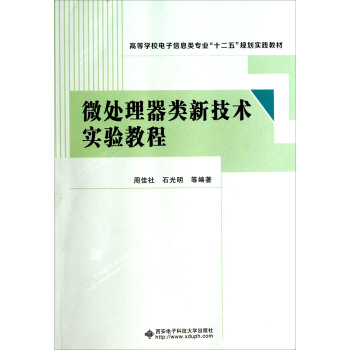
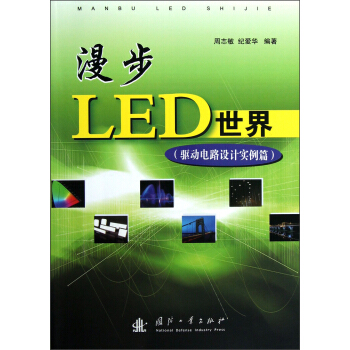
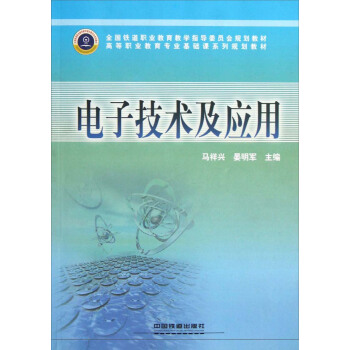
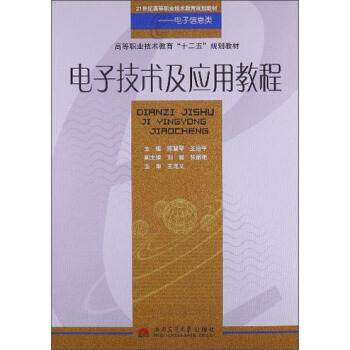
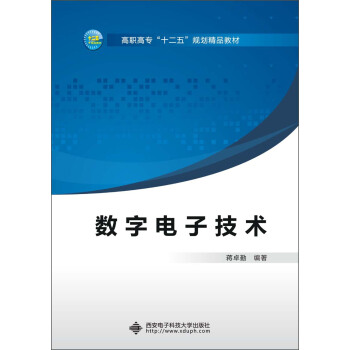
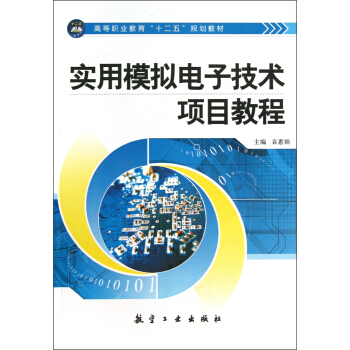

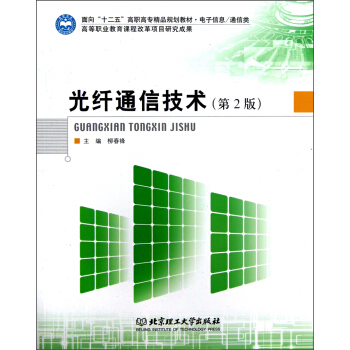
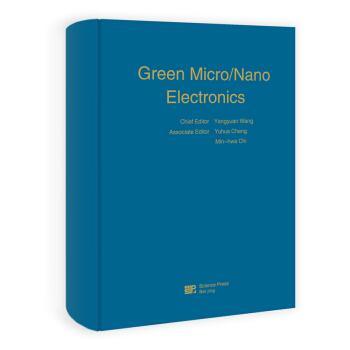
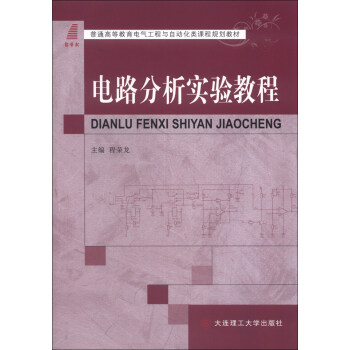
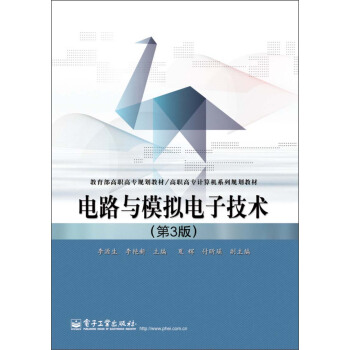
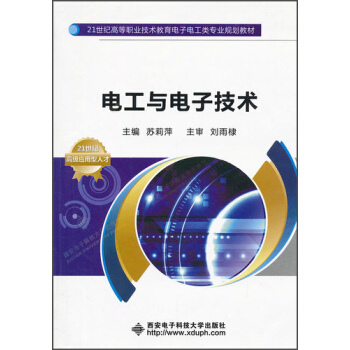
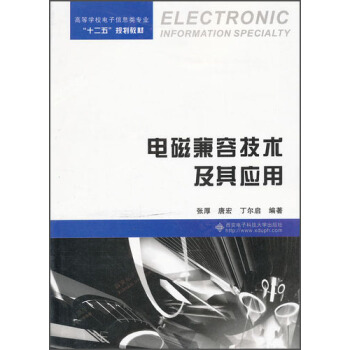
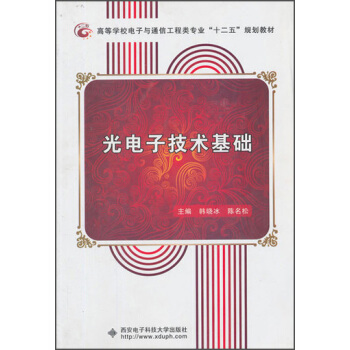
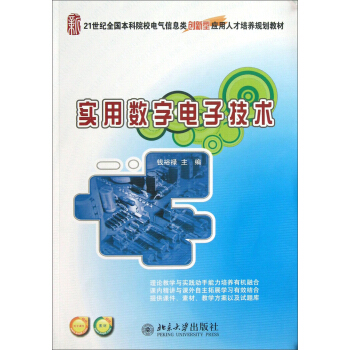
![世界悬谜大观系列:未知的世界历史之谜 [7-10岁] pdf epub mobi 电子书 下载](https://pic.tinynews.org/11272336/rBEhUlHtC04IAAAAAAZvC5kVYg0AABTFAIiSkoABm8j478.jpg)
![世界悬谜大观系列:未知的世界奇案之谜 [7-10岁] pdf epub mobi 电子书 下载](https://pic.tinynews.org/11272337/rBEhU1HtC04IAAAAAAaoH9WlES0AABTFAIouW0ABqg3325.jpg)
